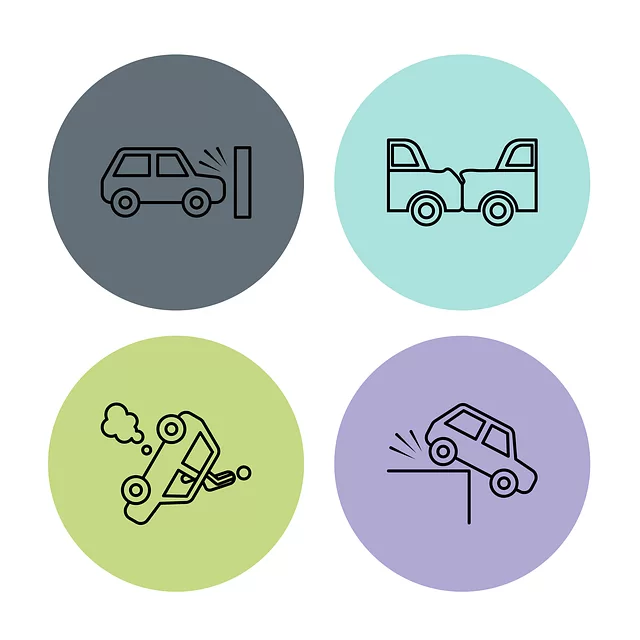Cyclists in New York City enjoy legal protections, including full lane rights and turn signaling privileges, similar to motorists. Drivers are obligated to maintain safe distances and exercise extra care to prevent accidents involving cyclists. Workplace accidents in Queens can have significant impacts on employees; understanding compensation rights is crucial. Seeking legal advice is essential to secure fair and timely payment for medical expenses, lost wages, and pain and suffering after a workplace cycling accident.
Cyclists navigating Manhattan’s streets face unique challenges, necessitating a deep understanding of safety laws. This article explores crucial aspects of cyclist safety in New York City, focusing on regulations, enforcement, and the rights of cyclists. We delve into workplace accident compensation for cyclists in Queens, guiding readers through legal steps after accidents. Additionally, we offer insights into navigating lawsuits, emphasizing the importance of specialized legal counsel to secure justice and financial support for injuries sustained during commutes or work-related cycling.
- Understanding Cyclist Safety Laws in Manhattan
- – Overview of New York City's laws regarding cyclists and their rights
- – Specific regulations for cyclist safety, including helmet requirements and traffic rules
Understanding Cyclist Safety Laws in Manhattan

Cyclist safety laws in Manhattan are designed to protect both riders and motorists, with strict regulations in place to minimize workplace accident compensation claims. These laws include designated bike lanes, traffic signals for cyclists, and restrictions on vehicle overtaking and parking. Understanding and adhering to these rules is crucial for everyone sharing the roads. For instance, cyclists must follow the same traffic signals as vehicles, signaling turns, and stopping at red lights or stop signs. Similarly, drivers need to be vigilant, yielding to cyclists in crosswalks and giving them the right of way in bike lanes.
In cases where a cyclist is involved in an accident due to a driver’s negligence, knowledge of these laws can be instrumental. It’s important to remember that New York City, including Manhattan, has laws protecting cyclists’ rights and providing avenues for workplace accident compensation if they are harmed. This means that victims may have legal recourse if their injuries were caused by another party’s breach of these safety regulations.
– Overview of New York City's laws regarding cyclists and their rights

In New York City, cyclists are protected by a series of laws designed to ensure their safety on the roads. Cyclists have the same rights as motorists, including the right to occupy a full lane and the right to signal turns. The city’s traffic laws mandate that drivers must maintain a safe distance from cyclists, just as they would for other vehicles. Additionally, workers compensation in Queens, as well as throughout New York State, plays a crucial role in protecting cyclists involved in workplace-related accidents. If a cyclist is injured due to another party’s negligence, they may be entitled to compensation for medical expenses, lost wages, and pain and suffering.
Understanding these laws is essential for both cyclists and drivers alike. Cyclists should familiarize themselves with traffic signals, lane markings, and safety precautions to ensure their own well-being. Drivers, on the other hand, must remain vigilant, anticipate cyclist movements, and exercise extra care when sharing the road with them. By adhering to these guidelines, New York City can foster a safer environment for its two-wheeled commuters, reducing the risk of accidents and workplace compensation claims related to cycling incidents.
– Specific regulations for cyclist safety, including helmet requirements and traffic rules

Cyclist safety in Manhattan is governed by a set of laws designed to protect both cyclists and other road users. Understanding these regulations, including helmet requirements and traffic rules, is crucial for preventing workplace accident compensation claims in Queens. By adhering to these laws, cyclists can contribute to a safer urban environment and reduce the risk of injuries that may lead to legal disputes.
